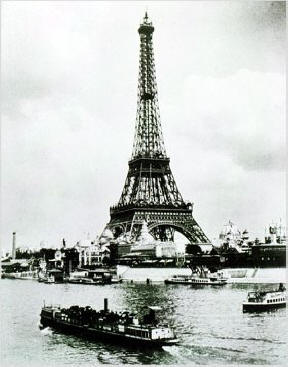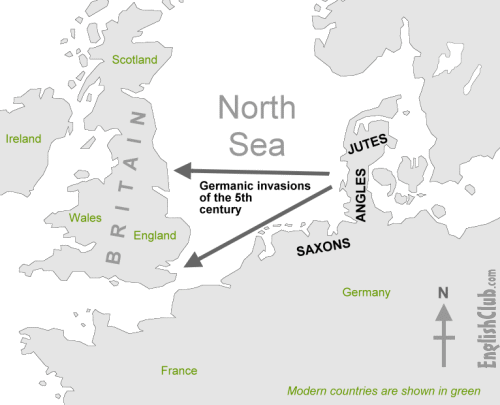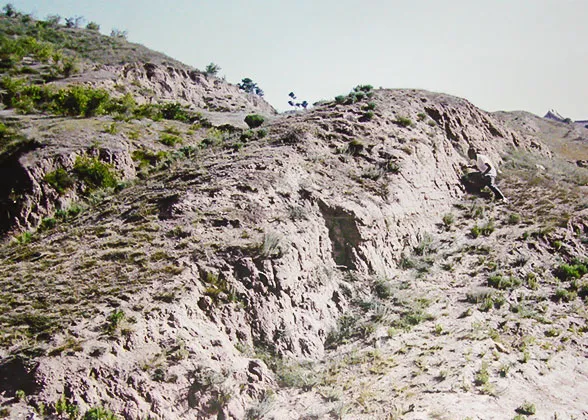Stonehenge is surely Britain's greatest national
icon, symbolizing mystery, power and endurance. Its original purpose is
unclear to us, but some have speculated that it was a temple made for
the worship of ancient earth deities. It has been called an astronomical
observatory for marking significant events on the prehistoric calendar.
Others claim that it was a sacred site for the burial of high-ranking
citizens from the societies of long ago.
While we can't say
with any degree of certainty what it was for, we can say that it wasn't
constructed for any casual purpose. Only something very important to the
ancients would have been worth the effort and investment that it took
to construct Stonehenge.
Anything Here:)
lagu
>
Wednesday, February 20, 2013
Tuesday, February 19, 2013
The Wright brothers: Wilbur and Orville Wright
![[Portrait photo of Wilbur Wright]](http://www.wright-house.com/wright-brothers/wrights/photos/Wilbur_Portrait200.JPEG) The Wright brothers, Orville and Wilbur Wright, had two older brothers,
Reuchlin
(1861-1920) and Lorin (1862-1939), and a younger sister Katharine
(1874-1929). They were the children of Bishop Milton Wright (1828-1917)
and Susan Catherine (Koerner) Wright (1831-1889). Wilbur Wright was born
near Millville, Indiana on April 16, 1867. Orville Wright was born at
7 Hawthorn Street in Dayton, Ohio, August 19, 1871.
The Wright brothers, Orville and Wilbur Wright, had two older brothers,
Reuchlin
(1861-1920) and Lorin (1862-1939), and a younger sister Katharine
(1874-1929). They were the children of Bishop Milton Wright (1828-1917)
and Susan Catherine (Koerner) Wright (1831-1889). Wilbur Wright was born
near Millville, Indiana on April 16, 1867. Orville Wright was born at
7 Hawthorn Street in Dayton, Ohio, August 19, 1871.Their father settled the family in Dayton, where he was editor of a newspaper published by the Church of the United Brethren in Christ. His various jobs as a minister in that church led to the family moving frequently, but they didn't sell the house on 7 Hawthorn Street, and kept returning.
Eiffel Tower History
 The
Eiffel Tower
was built for the International Exhibition of Paris of 1889
commemorating the centenary of the French Revolution. The Prince of Wales,
later King Edward VII of England, opened the
tower. Of the 700 proposals submitted in a design competition,
Gustave Eiffel's was unanimously chosen.
However it was not accepted by all at first, and a petition of 300 names
- including those of Maupassant, Emile Zola, Charles Garnier (architect
of the Opéra Garnier), and Dumas the Younger - protested its construction. At 300 meters (320.75 m including
antenna), and 7,000 tons, it was the world's tallest building until
1930. Other statistics include:
The
Eiffel Tower
was built for the International Exhibition of Paris of 1889
commemorating the centenary of the French Revolution. The Prince of Wales,
later King Edward VII of England, opened the
tower. Of the 700 proposals submitted in a design competition,
Gustave Eiffel's was unanimously chosen.
However it was not accepted by all at first, and a petition of 300 names
- including those of Maupassant, Emile Zola, Charles Garnier (architect
of the Opéra Garnier), and Dumas the Younger - protested its construction. At 300 meters (320.75 m including
antenna), and 7,000 tons, it was the world's tallest building until
1930. Other statistics include:- 2.5 million rivets
- 300 steel workers, and 2 years (1887-1889) to construct it.
- Sway of at most 12 cm in high winds.
- Height varies up to 15 cm depending on temperature.
- 15,000 iron pieces (excluding rivets). 40 tons of paint. 1652 steps to the top.
The History of Pisa

The Location of Pisa in Italy
Pisa is much more than a city with a funky bell tower- it is a mecca of centuries-old culture, commercial endeavors, ancient settlements and high education. Though it is most famous for its incredible leaning tower, it is quite clear to those who spend some time in Pisa that there's much more going on that flawed construction.
The City of Pisa, as we know it today, is the result of many global influences that affected the entire world, not just Italy and the surrounding areas. World War II took its toll on the city, damaging many of the famous buildings and historic areas. However, both residents of the City of Pisa and Italy itself have beautifully restored Pisa to a state that is modern and functional, as well as historic.
Great Wall of China History
|
History of the English Language
A short history of the origins and development of English
The history of the English language really started with the arrival of three Germanic tribes who invaded Britain during the 5th century AD. These tribes, the Angles, the Saxons and the Jutes, crossed the North Sea from what today is Denmark and northern Germany. At that time the inhabitants of Britain spoke a Celtic language. But most of the Celtic speakers were pushed west and north by the invaders - mainly into what is now Wales, Scotland and Ireland. The Angles came from "Englaland" [sic] and their language was called "Englisc" - from which the words "England" and "English" are derived.
Germanic invaders entered Britain on the east and south coasts in the 5th century.
Monday, February 18, 2013
Maddi Jane's Biography
Maddi Jane is a talented young singer who was born
in September 4, 1998. Maddi Jane has been singing since she was a little
girl. Maddi Jane became famous after uploading her covers of songs by
famous artists like Bruno Mars and Taylor Swift.
At the time of this writing, the talented young singer’s YouTube
channel ‘maddijanemusic’ has attracted over 165 million total upload
views, and it has over 480,000 subscribers. Because of her achievements,
Maddi Jane was invited to be a guest on Ellen Degeneres Show last year. In the show, Maddi Jane performed a song titled “Breakeven.”


Subscribe to:
Posts (Atom)
